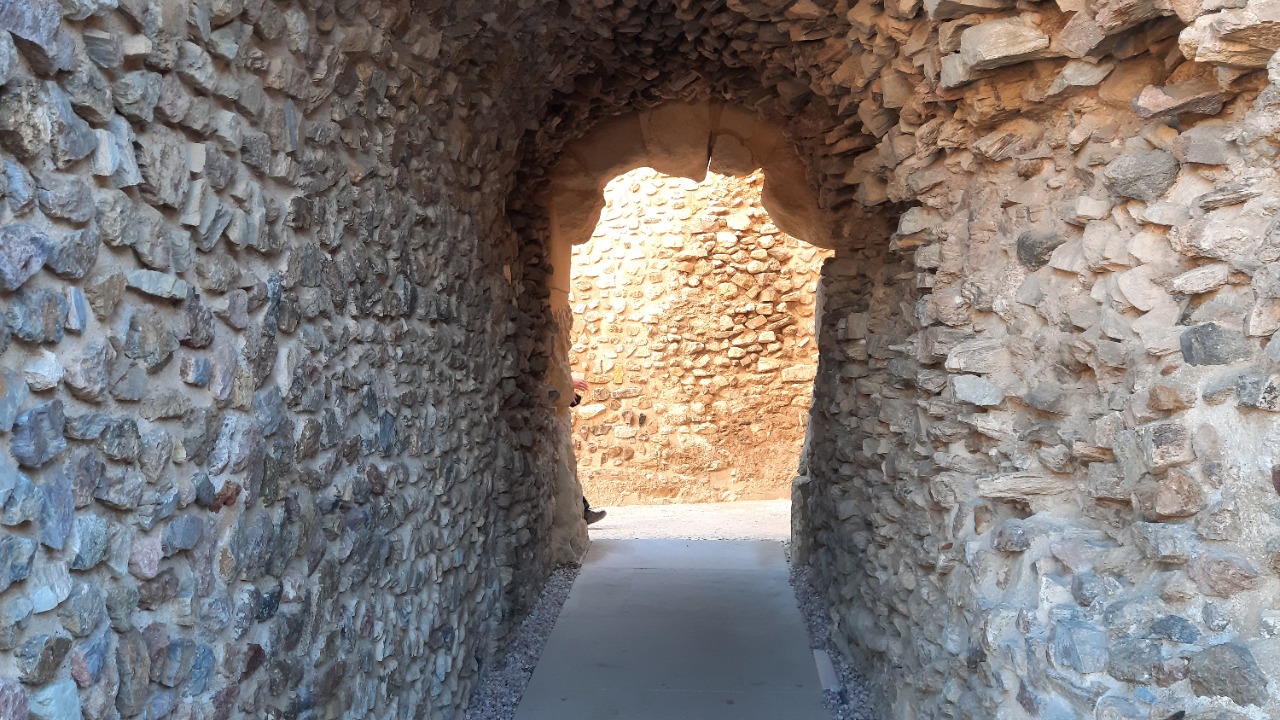
A once-secret passage used by Emperor Commodus to access the Rome Colosseum is opening to the public for the first time, allowing visitors to experience the imperial route nearly 2,000 years after its original use. This underground corridor, hidden for centuries, connects directly to the arena where gladiatorial contests took place during Commodus’s reign. The unveiling marks a major step in making ancient Roman history more accessible to modern audiences. [source]
Emperor Commodus’s Connection to the Passage
Emperor Commodus, known for his fascination with gladiatorial combat, was the primary user of this secret passage, which provided him with a secure and direct entry to the Colosseum arena. During his reign, Commodus often participated in the games, making the passage an essential feature for his dramatic appearances. The passage’s design was tailored to ensure the emperor’s safety, allowing him to avoid the public areas of the Colosseum while still being able to indulge in his passion for the spectacles. [source]
The passage was an imperial feature specifically designed for Commodus, emphasizing its secrecy to protect the ruler amid the Colosseum’s spectacles. This exclusive route not only highlighted his status but also ensured his safety from potential threats. Commodus’s personal fascination with gladiatorial combat made this passage a crucial element of his reign, allowing him to participate in the games with ease and grandeur. [source]
The Passage’s Long Hidden History
For nearly 2,000 years, the secret passage remained concealed beneath layers of history and disuse. Its existence was largely forgotten until recent archaeological efforts brought it back to light. The Colosseum, a site rich with imperial history, housed several such passages, but this one is uniquely linked to Commodus’s time in the late 2nd century AD. The rediscovery of this passage adds a new dimension to our understanding of Roman imperial architecture and its hidden complexities. [source]
Archaeological evidence and ancient records suggest that the passage was originally intended as an exclusive route for the emperor, allowing him to bypass public areas and maintain a level of secrecy and security. The structural analysis of the passage confirms its purpose as a discreet entryway, designed to serve the needs of the emperor during the height of the Colosseum’s use for gladiatorial events. This discovery sheds light on the sophisticated planning and construction techniques employed by the Romans to cater to their rulers’ needs. [source]
Restoration and Modern Rediscovery
Recent efforts to uncover and restore the once-secret Commodus passage have transformed it from a hidden relic into a preserved feature of the Colosseum. The restoration project faced numerous technical challenges, including the need to excavate the underground corridor carefully while preserving its 2,000-year-old integrity for public viewing. These efforts have been crucial in ensuring that the passage remains a testament to ancient Roman engineering and imperial history. [source]
The timeline of the project culminated in the passage’s preparation for public access after centuries of obscurity. This restoration not only highlights the dedication to preserving historical sites but also underscores the importance of making such treasures accessible to the public. The successful completion of this project marks a significant achievement in the field of archaeology and heritage conservation, offering new insights into the lives of Roman emperors and their interactions with the Colosseum. [source]
Opening to the Public and Visitor Experience
The secret imperial passage is now opening to the public for the first time, offering guided tours through the route Commodus once took to the arena. This new accessibility provides visitors with a unique opportunity to connect directly with the Colosseum’s gladiatorial past, enhancing their understanding of ancient Roman culture and history. The opening of this passage is a significant step in bridging the gap between ancient and modern times, allowing people to walk the same path as one of Rome’s most infamous emperors. [source]
This enhanced accessibility to the Colosseum’s underbelly not only enriches the visitor experience but also serves as an educational tool, offering insights into the architectural and cultural significance of the site. By opening this passage, the Colosseum continues to serve as a living museum, providing a tangible link to the past and fostering a deeper appreciation for the complexities of Roman imperial life. The educational value of experiencing the passage after nearly 2,000 years cannot be overstated, as it offers a rare glimpse into the world of ancient Rome and its enduring legacy. [source]